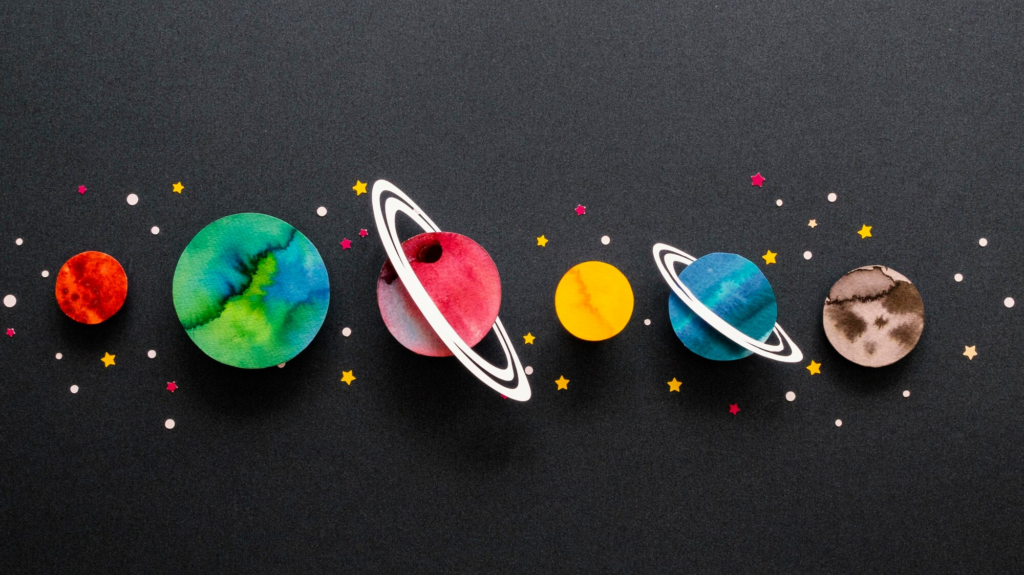It’s easy to forget that we’re merely floating on a massive rock with so much going on in the globe, and nobody understands why.
It’s actually pretty frightening how small Earth is in our solar system when you start zooming out.
The good news is that we may occasionally see other planets rather well, and this evening, January 21, is a great opportunity to see a “planetary parade.”

What is a planetary parade?
When the six planets—Mars, Jupiter, Neptune, Saturn, Uranus, and Venus—all seem to align in the night sky as they revolve, this is known as a planetary procession.
It’s crucial to remember that this sky alignment is only visible from Earth.
When is the planetary parade happening?
According to the BBC, the six planets can already be seen in the night sky, and in late February, Mercury, a sixth planet, will join the group.
When is the greatest time to observe the planetary parade?
As usual, there’s a catch: in order to see the planetary parade clearly, you’ll need a clear night sky, so it’s best to stay away from the city lights and head into the countryside.
You should walk outside a few hours after sunset and turn southeast for the best chance of seeing it.
You’ll probably need binoculars or a telescope to see Uranus and Neptune, even though Venus, Mars, Jupiter, and Saturn are all bright enough to sight with the unaided eye.
“There is something special about looking at the planets with your own eyes,” Jenifer Millard, an astronomer at Fifth Star Labs, told the outlet.
“Yes, you can go on Google and get a more spectacular view of all these planets. But when you’re looking at these objects, these are photons that have travelled millions or billions of miles through space to hit your retinas. It’s just happenstance that they happen to be in this position of their orbits.”
How rare are planetary parades?
Royal Observatory Greenwich astronomer Finn Burridge told the MailOnline: “Often planets will rise as others have set, but it is fairly rare for multiple planets to be visible simultaneously.”
“Some parades may only include three or four planets, this year we have six, which is very rare and quite significant.”
Jake Foster, an astronomy education officer, added: “Venus will be noticeably the brightest of all four planets, shining a bright white light, and Jupiter will be the second brightest, also shining white in colour.”
“Saturn will be clearly fainter than the other three, due to its much further distance from the sun. Mars will have the most distinctive difference from the others because of its colouration, appearing as a bright orange point of light to the naked eye.”



